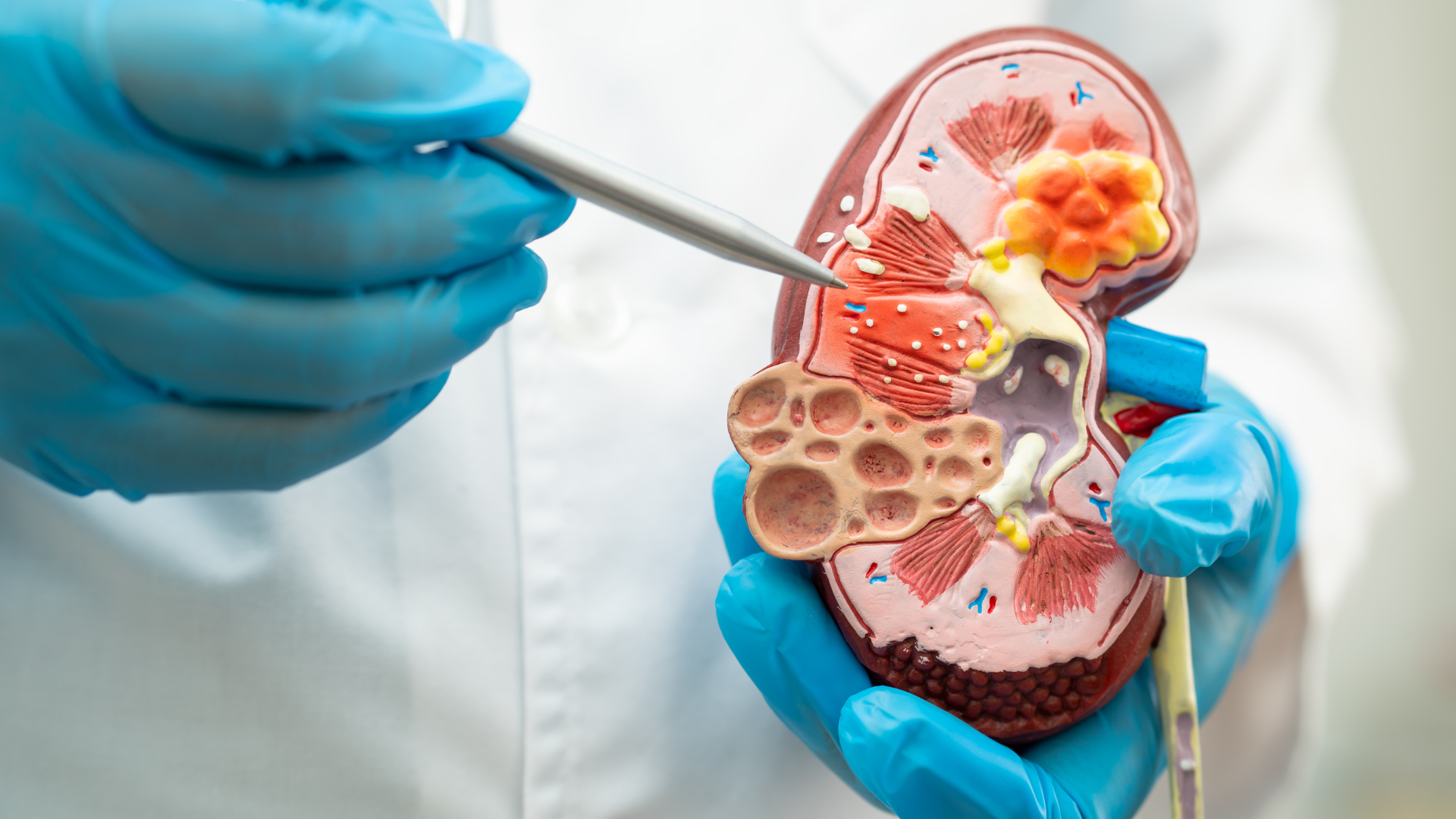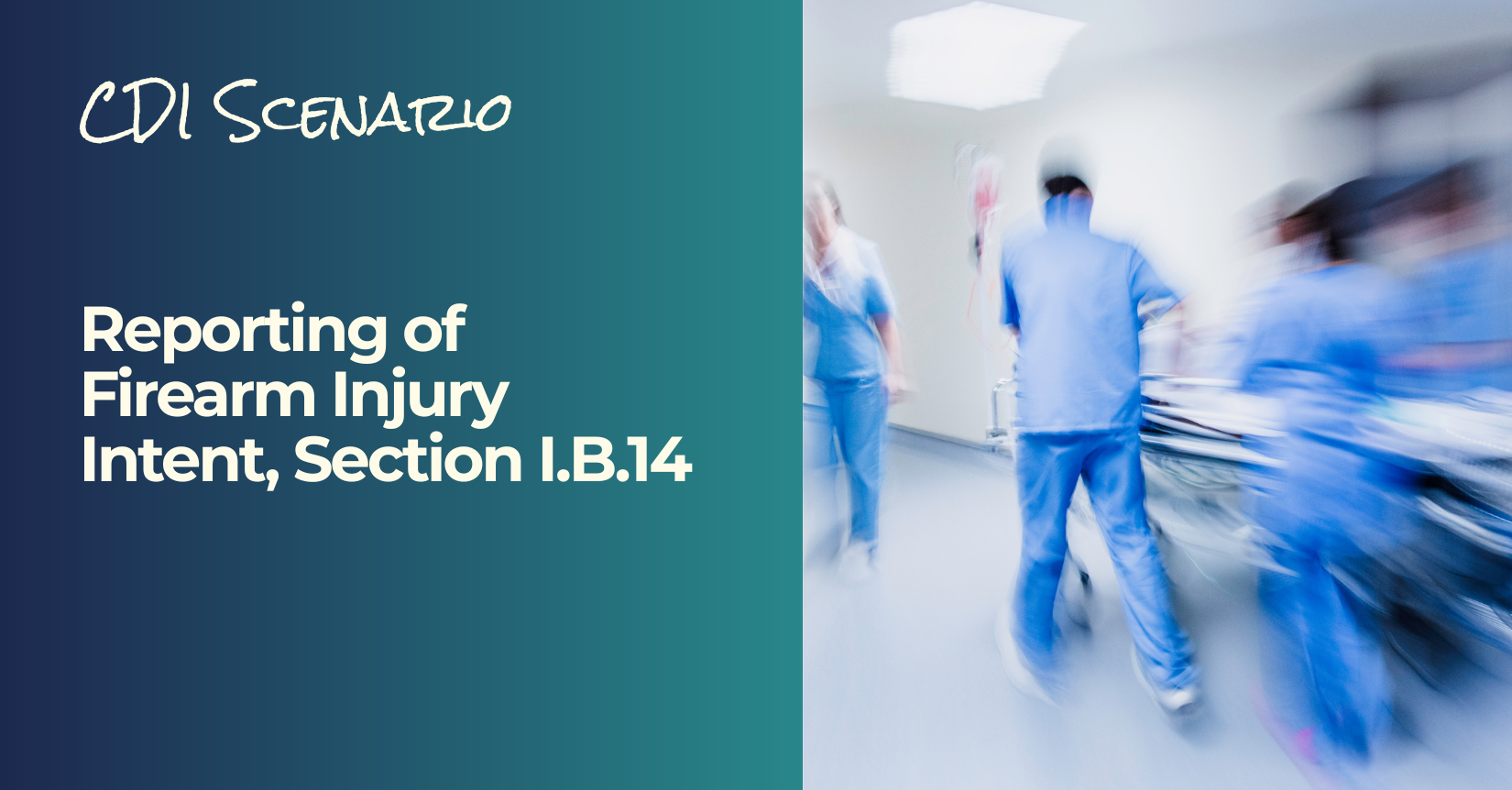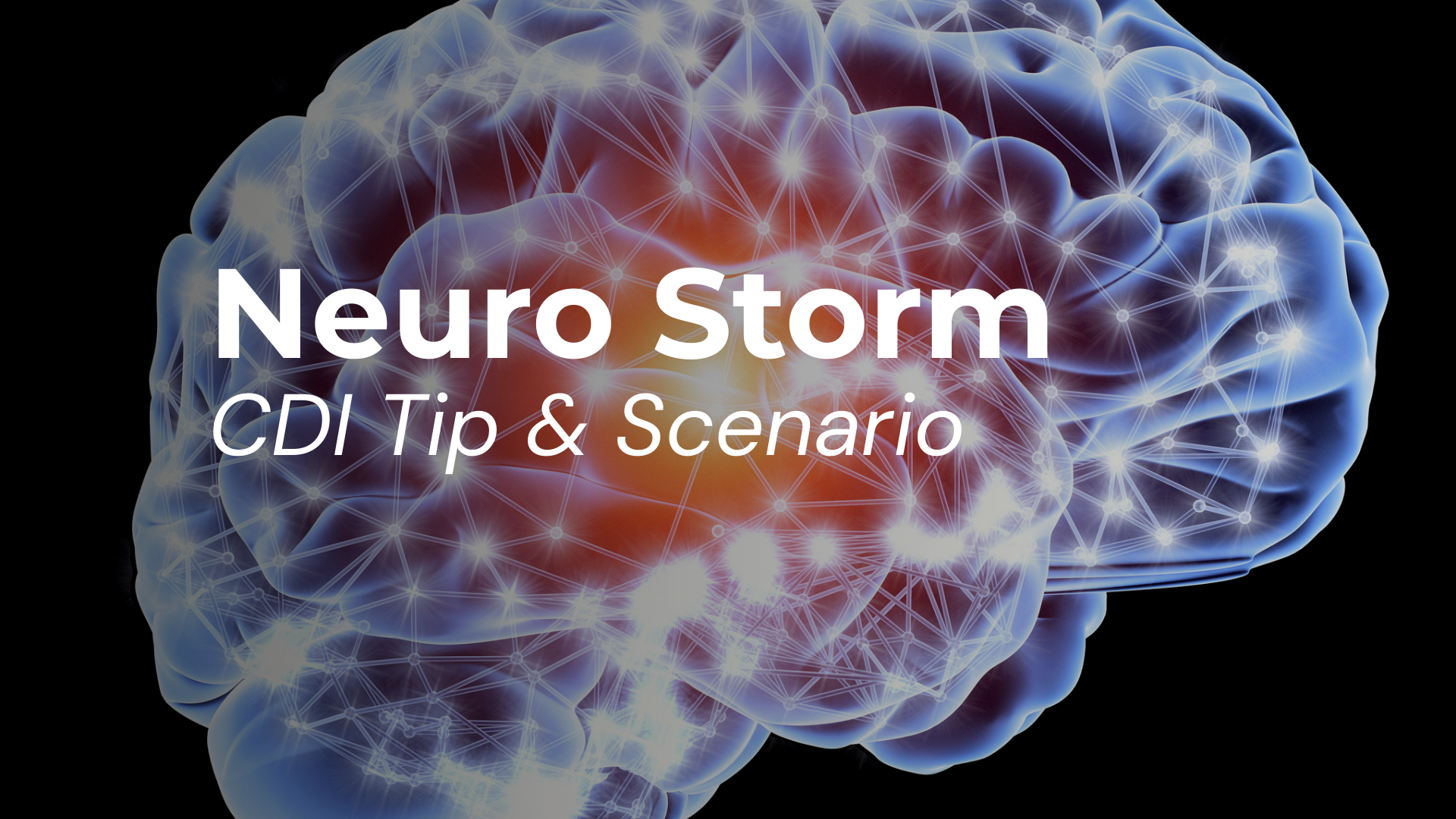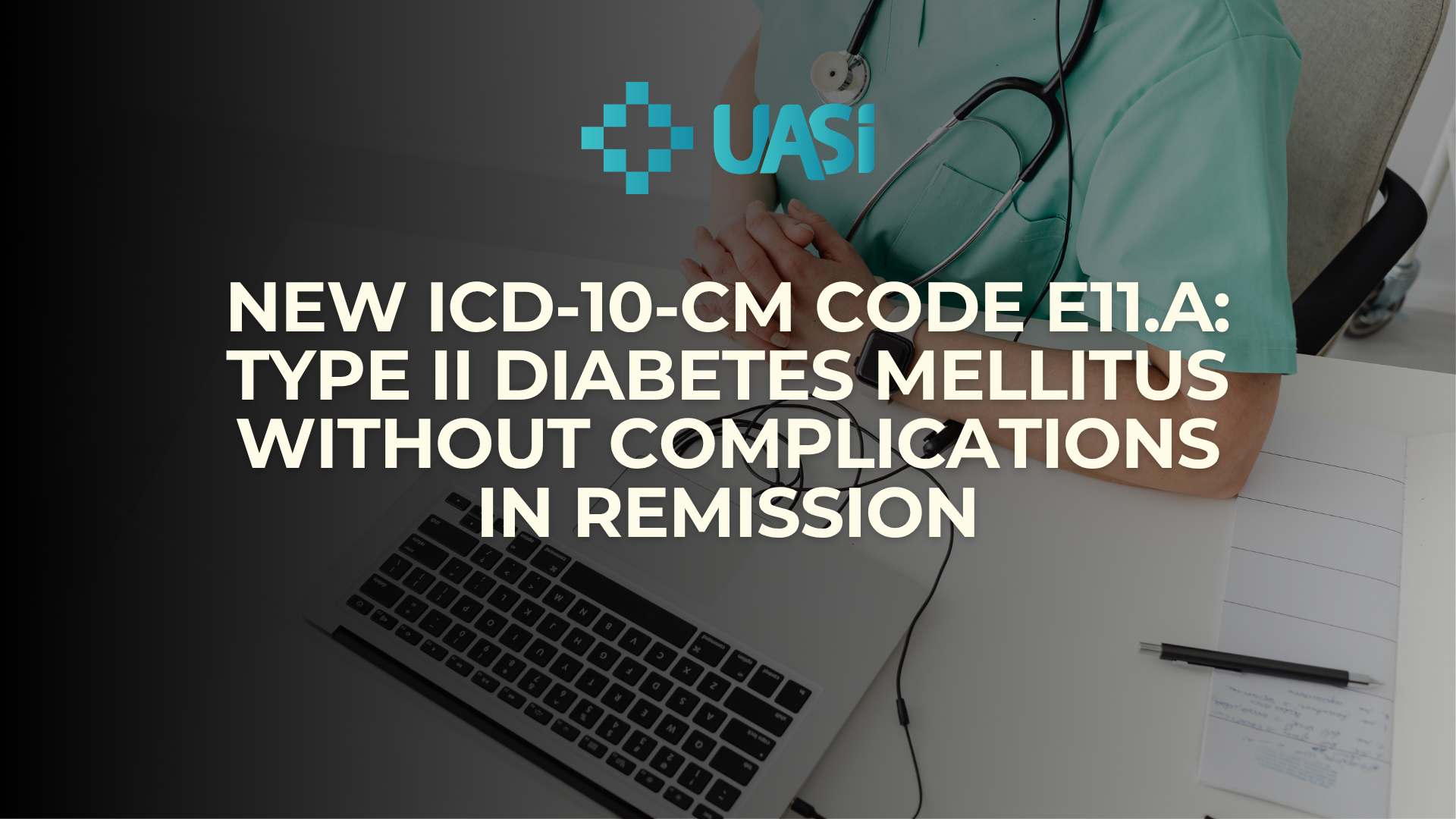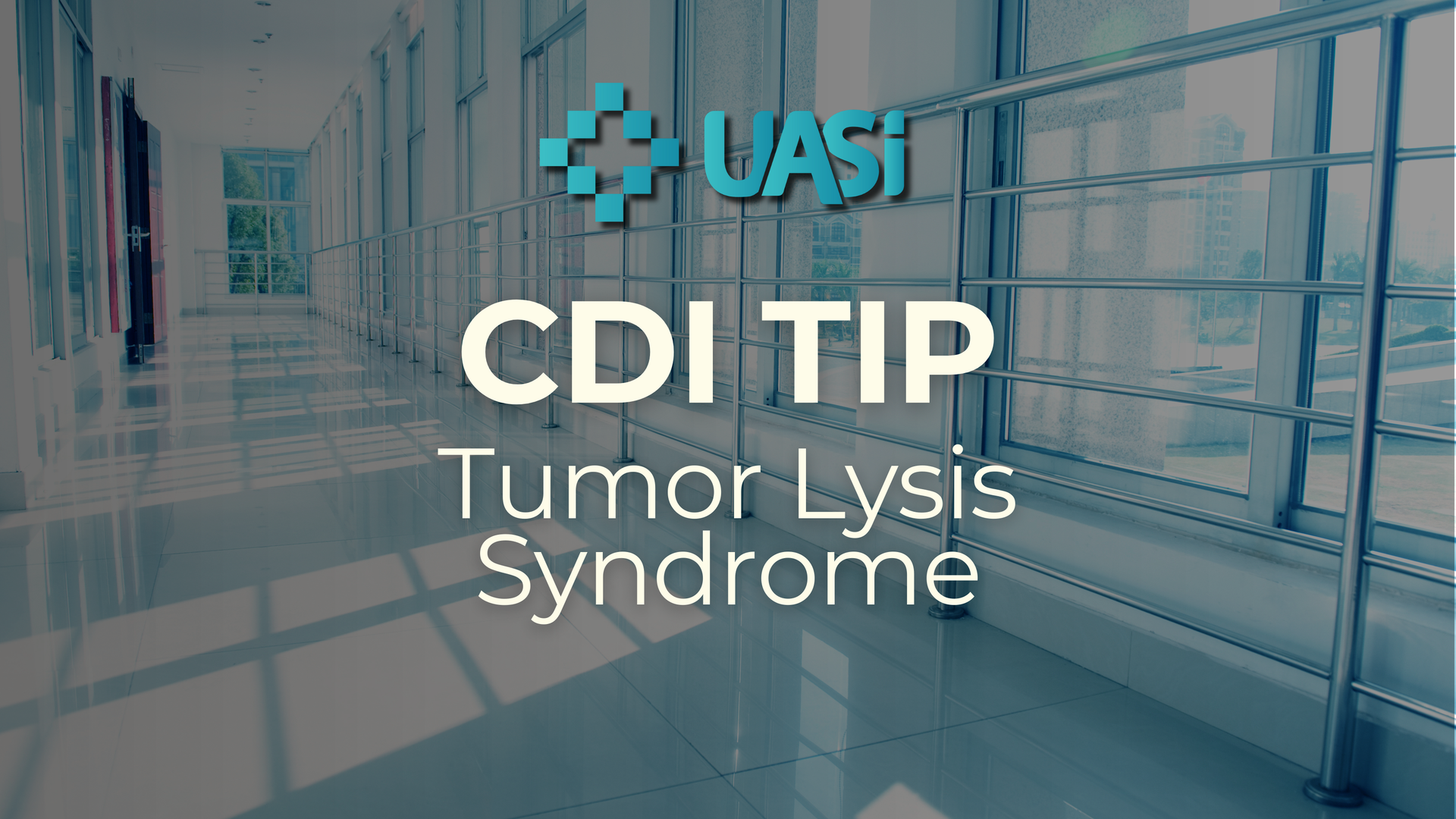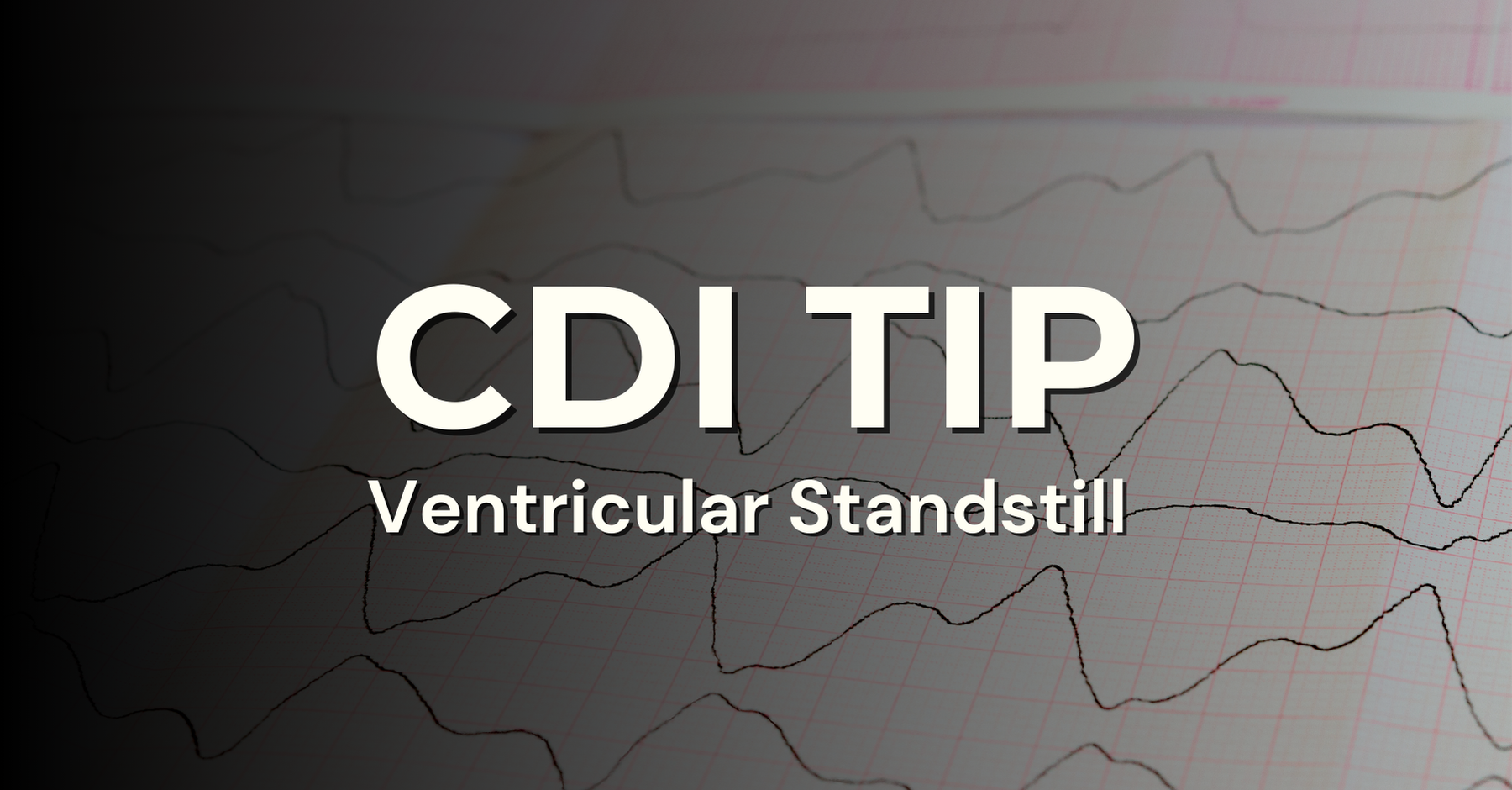By Katie Curry
•
October 20, 2025
Definition : Acute Kidney Injury (AKI) is an abrupt decline in kidney function, leading to retention of waste products, electrolyte imbalance, and fluid dysregulation. It is classified based on etiology and severity. 1. Types of AKI by Etiology Pre-Renal AKI Cause: Decreased renal perfusion without intrinsic kidney damage. Examples: Hypovolemia (dehydration, hemorrhage). Hypotension/shock (sepsis, cardiogenic shock) Heart failure, liver failure Documentation Tip: Specify underlying cause (e.g., “AKI due to hypovolemia from GI bleed”). Intrinsic (Intra-Renal) AKI Cause: Direct damage to kidney tissue. Examples: Acute Tubular Necrosis (ATN\) – ischemia or nephrotoxins Acute Interstitial Nephritis (AIN) – drug-induced, autoimmune Glomerulonephritis Documentation Tip: If ATN or AIN is suspected, document specifically (e.g., “AKI secondary to ATN from contrast exposure”). Post-Renal AKI Cause: Obstruction of urine flow. Examples: Ureteral obstruction (stones, tumors) Bladder outlet obstruction (BPH, neurogenic bladder) Documentation Tip: State the obstructive cause (e.g., “AKI due to bilateral ureteral obstruction from stones”). 2. Diagnostic Criteria (KDIGO) Increase in serum creatinine by ≥ 0.3 mg/dL within 48 hrs, OR Increase in serum creatinine to ≥ 1.5 times baseline within 7 days, OR Urine output < 0.5 mL/kg/hr for 6 hrs 3. Severity Staging Stage 1: 1.5–1.9 × baseline creatinine or ≥ 0.3 mg/dL rise Stage 2: 2.0–2.9 × baseline Stage 3: ≥ 3 × baseline or creatinine ≥ 4.0 mg/dL or dialysis required 4. CDI and Current Coding Guidance Avoid vague terms like “renal insufficiency”; use “acute kidney injury” or “acute renal failure” (interchangeable per coding). Always link AKI to the underlying cause (e.g., sepsis, dehydration, obstruction). If ATN or AIN are present, document explicitly (these are MCCs). Do not abbreviate AKI without context; clarify in the first mention. Trend labs and urine output to support diagnosis before querying. Assign code N17.0, Acute kidney failure with tubular necrosis, with a POA of N for documentation of a patient with AKI on admission who then develops ATN after admission. For a case of acute kidney injury (AKI) due to acute tubular necrosis (ATN) secondary to contrast-induced nephropathy, the correct coding assignment is N17.0 for acute kidney failure with tubular necrosis, N14.11 for contrast-induced nephropathy, and T50.8X5A for adverse effect of diagnostic agents, initial encounter. This combination accurately reflects the underlying cause, the specific kidney injury type, and the adverse effect of the contrast agent. Pro Tip: AKI impacts severity of illness and quality metrics (e.g., PSI-10 Post-Op AKI). Accurate documentation ensures correct DRG assignment and patient safety. References: AHA Coding Clinic, Third Quarter 2025, p. 22 AHA Coding Clinic, Fourth Quarter 2022, p. 33 Centers for Medicare and Medicaid Services. (2025). Official Guidelines for Coding and Reporting. www.cms.gov. Fatehi, P., & Hsu, C-Y. (2024). Evaluation of acute kidney injury among hospitalized adult patients. UpToDate. Palevsky, P. M. (2025). Definition and staging criteria of acute kidney injury in adults. UpToDate. Prescott, L., Manz, J. (2025). The ACDIS Inpatient CDI Pocket Guide. www.acdis.org

